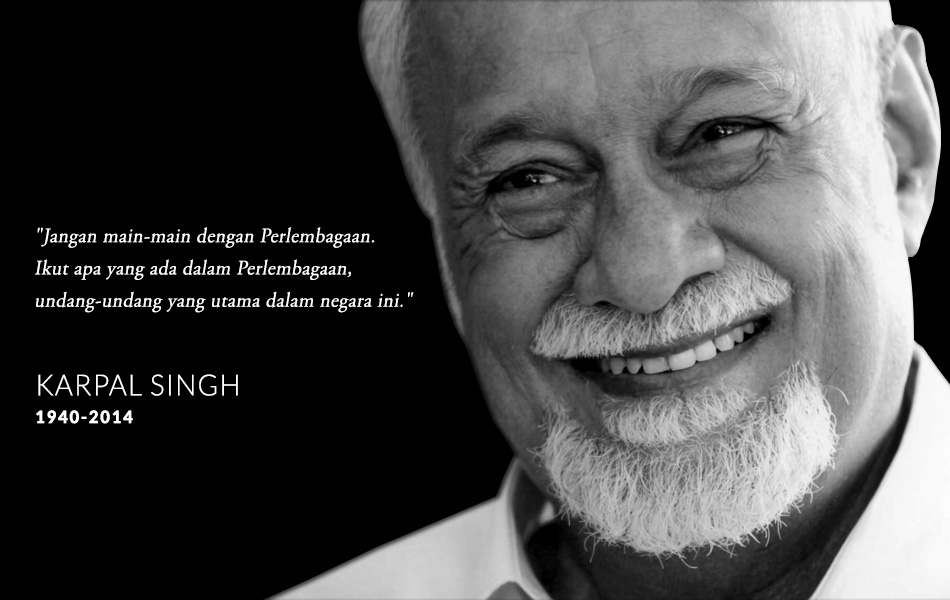
The most powerful earthquake in 40 years ruptured the sea floor off Indonesia's westernmost island, Sumatra, displacing billions of tons of water and sending towering walls of water roaring across the Indian Ocean at jetliner speeds into fishing villages, luxury resorts and bustling coastal towns.
2004 Indian Ocean earthquake was an undersea earthquake that occurred at 00:58:53 UTC on December 26, 2004, with an epicenter off the west coast of Sumatra, Indonesia. It is known by the scientific community as the Great Sumatra-Andaman earthquake, and the following tsunami is known as the Asian Tsunami or the Boxing Day Tsunami.
The earthquake was caused by subduction and triggered a series of devastating tsunami along the coasts of most landmasses bordering the Indian Ocean, killing more than 225,000 people in eleven countries, and inundating coastal communities with waves up to 30 meters (100 feet) high. It was one of the deadliest natural disasters in history.
The countries most affected by the tsunami are listed below (in alphabetical order):
- Bangladesh
- India
- Indonesia
- Kenya
- Malaysia
- Madagascar
- Maldives
- Myanmar
- Seychelles
- Somalia
- South Africa
- Sri Lanka
- Tanzania
- Thailand
With a magnitude of between 9.1 and 9.3, it is the second largest earthquake ever recorded on a seismograph. This earthquake had the longest duration of faulting ever observed, between 8.3 and 10 minutes. It caused the entire planet to vibrate as much as 1 cm (0.5 inches) and triggered other earthquakes as far away as Alaska.
The plight of the many affected people and countries prompted a widespread humanitarian response. In all, the worldwide community donated more than $7 billion (2004 U.S. dollars) in humanitarian aid.
Watch this memorial videos:









No comments:
Post a Comment